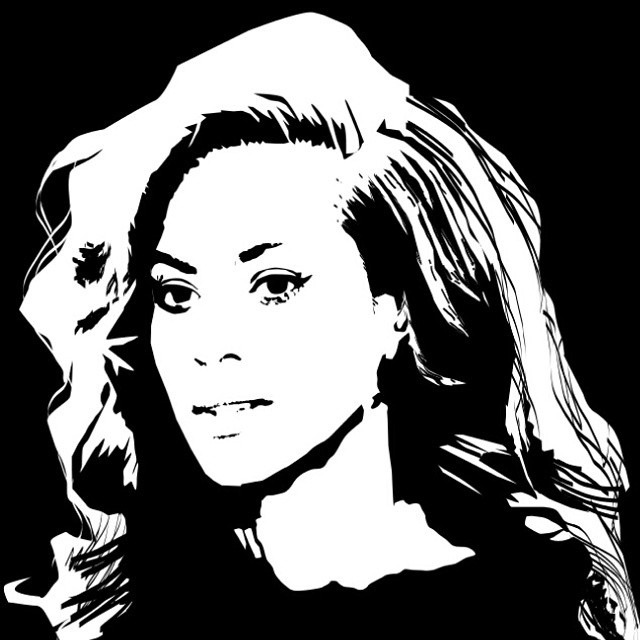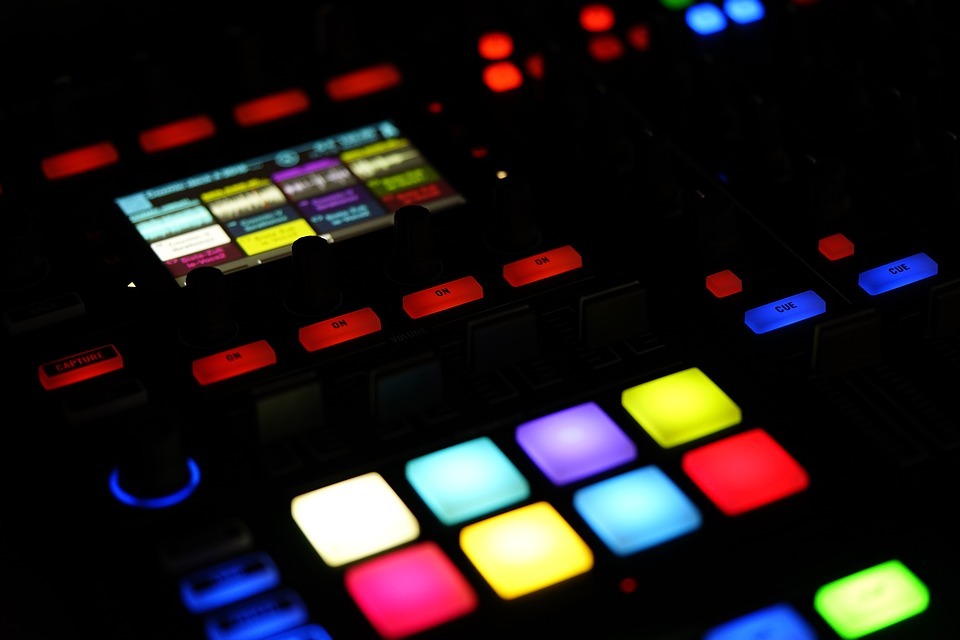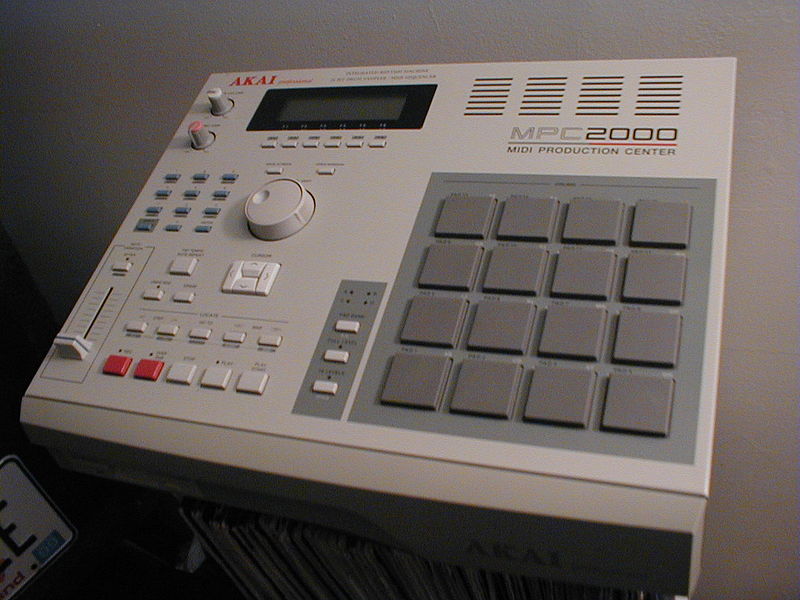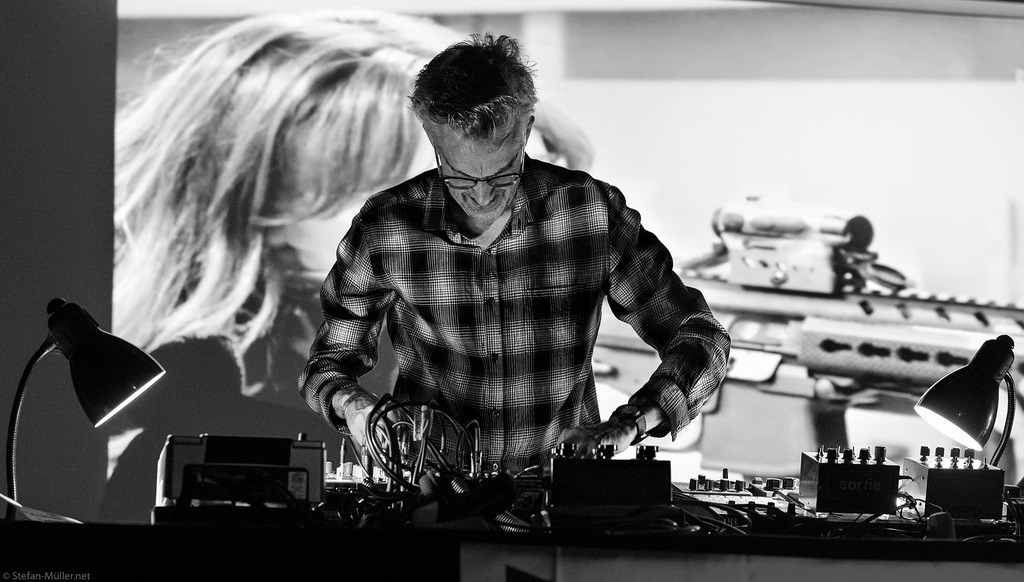Can you imagine writing a lyrical review or critical essay about Beyoncé’s music without quoting her words or lyrics? Probably not. You would also probably not think you had to pay her for using those quotes, either.
However, if you’re a pop music diva, or anyone else, who wants to quote Madonna or Beyoncé in your musical work then licensing that quote is currently considered “a must” (we’ll explore why this is the case below). While licensing samples may seem like common sense, musicians seeking licenses face many obstacles from figuring out how to get a sample cleared, simply knowing how much it might cost, and, lastly, if they can actually afford it.

Beyoncé Fan Art (Jon Phillips, CC BY 2.0)
When you start to think of quoting music in songs the same way we think of quoting words in writing, it then begs the question, “What makes music different?”
Today, if you want to sample a song, here’s what you need to do to succeed:
- make a connection to one of three major sample clearinghouses, where you’ll be asked to pay an up-front fee, and
- agree to a royalty percentage on sales or give a “writing credit” to the songwriters you want to sample.
While there is no set standard for fees, in their book Creative License, McLeod and DiCola published a chart of what sampling costs can be for artists. While costs up to $500 to use a smalls sample by a “low-profile artist,” costs can go up to $100,000 for a license of a “superstar” musician’s work, and potentially require as much as 100% assignment of the copyright. And don’t forget – this is music – so musicians must clear both the sound recording rights for recordings made after 1972 and the musical composition rights for any work protected by copyright.
Listing sampled artists as songwriters has led to curious practices. For example, the late Alan Lomax, a pioneering ethnomusicologist, received writing credits alongside Jay-Z, Nicki Minaj, and, most recently, Beyoncé (on “Freedom” from Lemonade) for use of his recordings of Reverend R.C. Crenshaw at the Greater Harvest M.B. Church congregation of Memphis Tennessee and Stewball sung by Benny Will Richardson and unidentified prisoners at the Parchman Farm Penitentiary in Mississippi.
In fact, Lemonade features so many songwriting and producing credits that it ignited a controversy over Beyoncé’s contributions to the work.
It’s puzzling to see such an acclaimed work criticized for its number of collaborations without exploring what those collaborations mean. Continuing our examination of Beyonce’s “Freedom,” three of the listed songwriters are deceased (though their estates will still receive royalties). An additional credit is for an approximately 26 second sample from the Latino rock band Kaleidoscope. From this one basic example, you can see the complicated system for ensuring accurate royalties are distributed to any fraction of a work that is sampled.

Sample [CC0 Public Domain]
Figuring out royalty distribution is one part of this mess, but with song writing attributions inconsistently being given out to ameliorate difficulties in royalty distributions, as a librarian, I try not to think too hard about the mess this system will make for future music historians!
We take fair use for granted when we’re quoting people’s words in essays and papers, but in music, fair use doesn’t even seem to be on the table anymore. Fair use was defined in the Copyright Act of 1976, and outlined an explanatory preamble followed by the famous 4 factor balancing test. The Codes of Best Practices for Fair Use have endeavored to help many communities understand the statue and use fair use where it aligns with existing community norms, and raise awareness about what fair use is, and how it benefits creators. These codes now exist for poetry, documentary filmmaking, visual arts, libraries, archives, teaching, and online video. Each of these codes helps creators understand when and how they might use copyrighted works in their own creative process. The visual arts code even promotes explicit how-to’s! So, how did music get #fairuseleftbehind?
One big obstacle to developing norms around fair use for music is that, as a community, music is deeply divided. While Blondie was sampling Rapper’s Delight, experimental musicians like John Oswald, Christian Marclay, and Negativland saw the potential for harnessing technology to make and use sound recordings in their own creative works the same way a collage artist approaches a piece of visual art.
In 1985, experimental musician and father of Plunderphonics, John Oswald, posited that technology finally made it possible for composers to realize a long history of borrowing and reuse by “blurring the lines between sound producers and sound reproducers.” Early on, musicians creating rap and hip hop seemed to agree, but lawsuits over samples began changing both the legal landscape around sampling and music culture surrounding the decisions whether licenses should be required.
As sample-based hip-hop and rap music started climbing the charts in the 80s and 90s, a host of lawsuits about sampling soon followed. The barrage of lawsuits and resulting competing legal decisions, exemplified with the words “thou shall not steal” in the decision for Grand Upright Music v. Warner Brothers Records, speedily arrested the use of unlicensed samples. A more recent ruling in 2006 added a nail in the coffin for sampling fair use by ruling that even a two-second sample of a guitar chord could be considered copyright infringement. That ruling would likely still stand if Salsoul Orchestra hadn’t sued Madonna for a .23-second horn hit in Vogue and lost in 2016. While these decisions might help bring some clarity around how little music you can use without an infringement, it’s a long way from having decisions that consider, analyze, and employ fair use.

An AKAI MPC2000 Digital Sampler [Public Domain]
These competing district court rulings don’t even touch on fair use, even though they discuss in detail how many seconds of a music work might be “too little” to constitute infringement. Using that language, it certainly sounds like they should be addressing fair use. Nonetheless, for a young musician trying to break out, this means there are no consistent fair use rulings on which to rely to make new, creative musical works.
Even though the fair use doctrine has been referred to as a “guarantee” that there is “breathing space within the confines of copyright,” in the music field, sampling artists are at the mercy of music publishers and record labels when requesting licenses for samples. For example, Mocean, an electronica artist, outlined his struggles with licensing in an interview in 1999, when he claimed:
“I tried for nine months to clear [a sample]….When I finally got a call back, they’re like, ‘We want six cents a record and $10,000 in advance.’ I said, ‘You know, I’m going to sell, like, 2,500 records. You’re crazy! My album budget was $40!’”
The license system that has developed mirrors the old economies of the music industry, rather than the creative goals of both copyright and fair use. Because the current system has developed in response to economic pressure from large music business companies, and because sampling will become an increasingly important aspect of new music, the sample licensing system could benefit from evaluation and possible change from the either the judiciary or a legislature.
Worst still, is when a music rightsholder simply refuses to allow use of a sample, even if money and licensing fees are offered. Outside the world of music, if a licensing deal is non-negotiable, there is still the right to harness fair use. However, in the music industry, there is generally no fair use option because of the court decisions and potential liability.
What if the sample was small enough to be de minimis? What if the sampling constitutes a fair use of the original, for reasons outside the 4 factors? The fair use statute has been interpreted by the Supreme Court to have legitimate reasons other than the 4 factors that are stated, and this would include allowing uses that are necessary to promote the creative arts. In Stewart v. Abend, the Supreme Court wrote, “The fair use doctrine thus permits courts to avoid rigid application of the copyright statute when, on occasion, it would stifle the very creativity which that law is designed to foster.”
A few artists like GirlTalk (who cite Oswald as inspiration) and Danger Mouse rely heavily on transformative fair use arguments. While their work hasn’t escaped controversy, they have managed to avoid lawsuits. Some posit that the threat of losing a lawsuit and setting precedent to make it easier to assert fair uses in music keep labels from pursuing such perceived “threats” through to a legal decision.
Without any legal certainty, musicians may have to wait until new economic models to support their work beyond album sales and licensing fees become more prevalent. As more musicians begin to explore Creative Commons licenses for releasing their own work, and pursuing project-based funding through services like Kickstarter and Patreon, artists are developing new models for funding their work. These new models could provide revenue up-front, which could lead to less reliance on post-release royalty revenues. Musicians who are economically secure can then feel more secure about their colleague’s fair use of their own music.

Mark Hosler of Negativland [Stefan Müller CC BY-NC-ND 2.0]
While the bold uses of artists who make sampling a core component of their work – like GirlTalk, Danger Mouse, and Negativland – continue to keep conversations about fair use and music current, licensing approaches to music sampling remain the domain of those that can afford them, and that could be suppressing a host of young and experimental artists from creating new, and cutting edge music. Maybe it’s time for a change?
[For the most comprehensive overview of the state of sampling in music today, I highly recommend “Creative License” by Kembrew McLeod and Peter DiCola on Duke University Press]
Kathleen DeLaurenti is the Head Librarian at the Arthur Friedheim Library of the Peabody Institute. This post was originally published for Fair Use Week 2017
